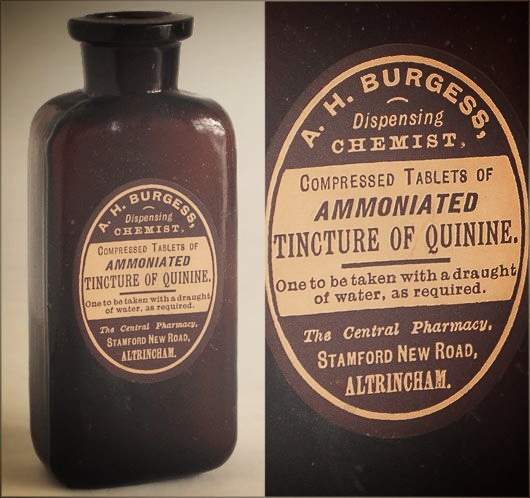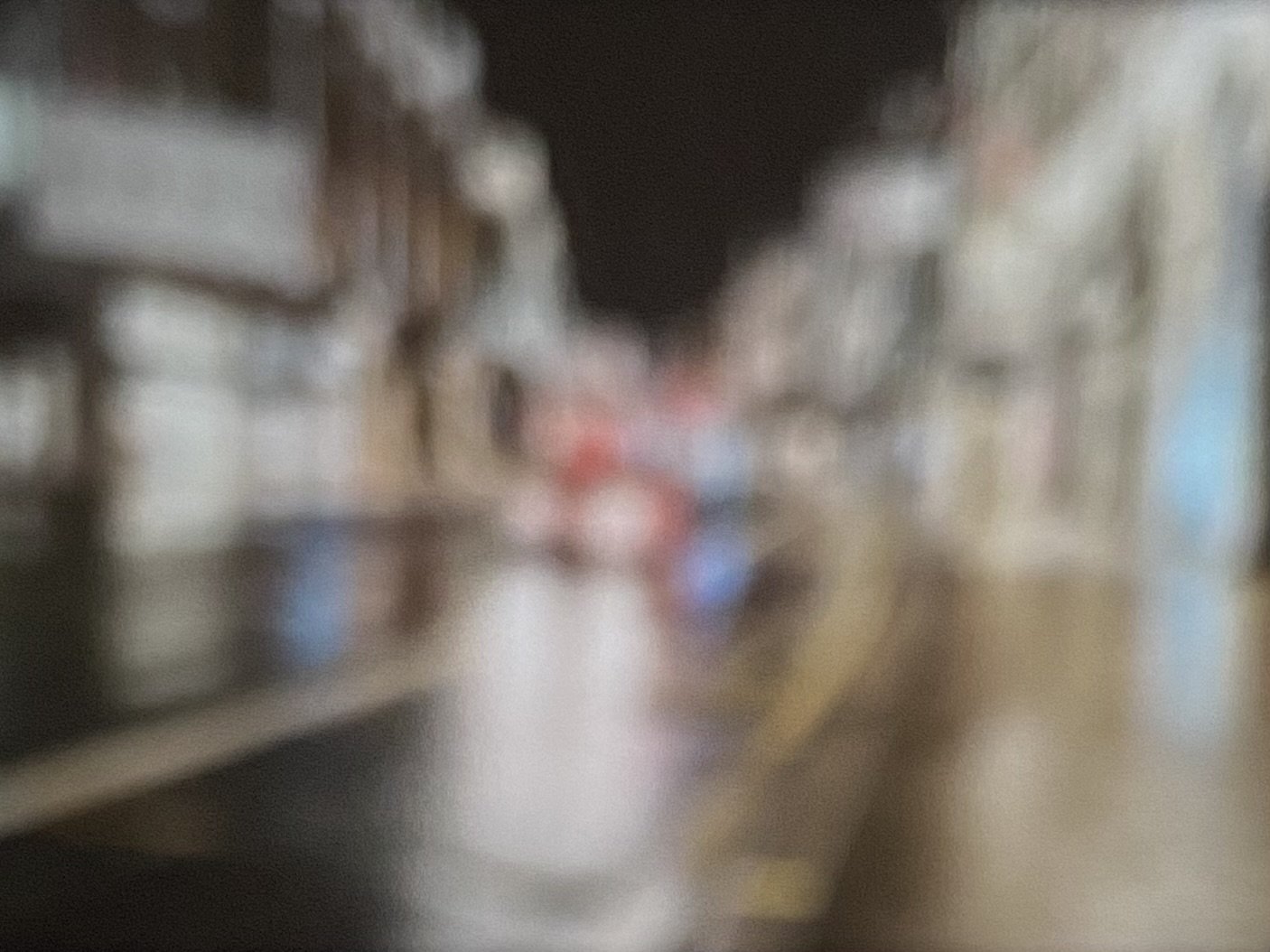
Keep Your Eyes Up: Did Michelangelo go blind painting the Sistine Chapel?
Did Michelangelo sacrifice his sight for art? The grueling years spent painting the Sistine Chapel ceiling pushed his body to its limits, but did they rob him of his vision?

How to Increase Reading Speed: Why Your Eyes Are Stuck in the Stone Age (And How to Fix It)
Ever feel like your reading speed is stuck in the Stone Age, no matter how much you try? Don’t worry—it’s not you, it’s 300,000 years of evolution being unhelpful. But what if there’s a way to hack your brain, turbocharge your reading, and finally shrink that mountain of unread books? Let’s get into it.

What are these guys looking for?
What could be of enough importance in 1962 that if it was lost, a regular season NHL game would halt mid-play and the players would drop down on their hands and knees and look for it?

The Rise, Fall, and Rebirth of Ray-Ban: A Sunglasses Saga
Ray-Ban went from Hollywood icon to gas station bargain bin, nearly fading into obscurity. Then, in a shocking twist, it made one of the greatest comebacks in fashion history. Here’s how it happened.

Why Your Vision Feels Glitchy After a Concussion—And How to Get It Back on Track
After a concussion, vision feels glitchy—blurry text, light sensitivity, motion issues. The problem isn’t your eyes; it’s your brain running a buggy update. Like a frozen computer, it’s stuck in an infinite loop. The fix? Contoured prism glasses act like Ctrl-Alt-Del, instantly resetting your visual system. Here’s how.

Best Contact Lenses for 2025: Expert Reviews, Ratings & Top Picks for Clear, Comfortable Vision
Are you ready to upgrade your vision in 2025? Discover our ultimate guide to the best contact lenses, where we break down every option—from daily disposables to advanced scleral lenses—with expert ratings, real-world pros and cons, and all the details you need for crystal-clear sight.

If the Calgary Saddledome was made of glass
Frequently patients ask me why their glasses’ lenses are thick on some edges and thin on the other, and I typically respond that because they have astigmatism their lenses have two types of curvature on each lens, just like the Calgary Saddledome. But that got me thinking, what if the Saddledome was a lens, what prescription would it have?

How far away can a person see a golf ball?
If a person with 20/20 vision hits a golf ball, how far along the ball’s flight path can they see and track the ball before it disappears?

Eyelid Twitching Explained: The Weird, Benign Nerve Zap You’re Experiencing (And How to Stop It)
Ever notice how your eyelid seems to throw its own secret Morse code—one that only you can see, even if everyone else is blissfully unaware? Click here to join us on a quirky journey into the strange world of eyelid myokymia, where we break down the science behind those baffling twitches.

A cool trick to show people how bad your eyesight is
It can be challenging to demonstrate to someone how you actually see without your glasses. You can’t just give them your glasses to try on since their eye will automatically try to clear them up (and possibly kick start a headache). But it turns out pretty much every smartphone has built in feature that does an excellent job in truly capturing how bad you see when your glasses are off.

Which animal can see the best, an eagle or a hawk?
Can an eagle see better than a hawk? How about an owl? And how much better can each see than the average human?

How to Find the Best Optometrist in Your Area (Including Calgary)
Are you frustrated by flashy online reviews and confusing tech jargon when trying to choose an optometrist? Our blog breaks it down for you—revealing how true expertise comes from thousands of hours of practice with essential tools like OCT scanners, and what to look for when choosing an optometrist in your area of the world.

The Longest Sightline on Earth
There is an old joke about people living out in the prairies being able to watch their dog run away for days. Well if this is true (it isn't), then people living near the longest sightline on earth would be able to watch their dog run away for years.

Do Pinhole Glasses work?
Pinhole glasses operate on an optics principle that has been known for centuries. By decreasing the aperture size, the depth of field increases (i.e. the distance between the maximum and the minimum an object appears clear). It's the same reason people squint when they try to see better. So glasses based on this principle do work, but there are some drawbacks that keep them from being replacements to regular glasses, although in desperate situations they can be very handy.
